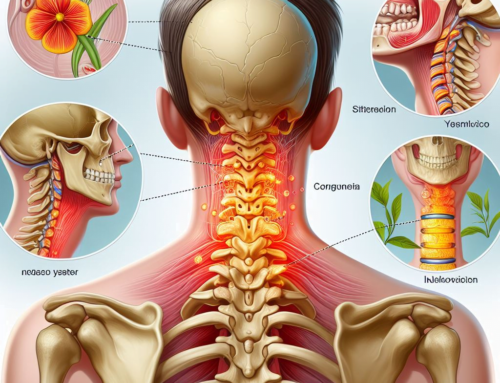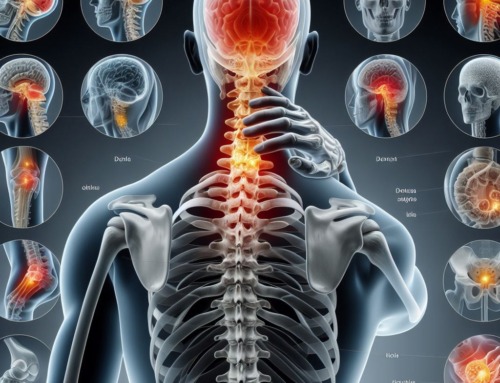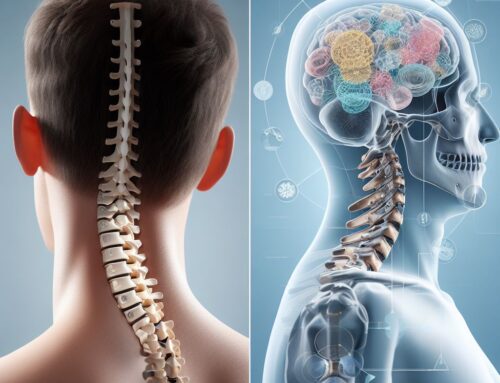Cervical spondylosis, a condition characterized by degeneration of the cervical spine, can lead to debilitating symptoms such as neck pain, stiffness, and numbness. When conservative treatments fail to provide relief, cervical spondylosis surgery may be recommended to alleviate symptoms and improve quality of life. In this comprehensive guide, we provide insights into cervical spondylosis surgery, covering what to expect before, during, and after the procedure, along with essential tips for preparation.
Understanding Cervical Spondylosis Surgery
Exploring Surgical Intervention
Cervical spondylosis surgery aims to address spinal instability, nerve compression, and other complications resulting from degenerative changes in the cervical spine. It typically involves decompression of affected nerve roots and stabilization of the spine to relieve symptoms and prevent further deterioration.
Common Surgical Procedures
- Anterior Cervical Discectomy and Fusion (ACDF): This procedure involves removing the damaged disc or bone spurs from the front of the neck and fusing adjacent vertebrae with a bone graft or artificial implants.
- Posterior Cervical Decompression (PCD): PCD entails removing bone spurs or thickened ligaments from the back of the neck to alleviate pressure on the spinal cord and nerves.
What to Expect Before Surgery
Preoperative Assessment
Before cervical spondylosis surgery, you will undergo a thorough evaluation to assess your overall health and suitability for the procedure. This may include medical history review, physical examination, and diagnostic tests such as X-rays, MRI, or CT scans.
Discussion with Surgeon
Your surgeon will discuss the goals of surgery, potential risks and benefits, and alternative treatment options with you. This is an opportunity to address any concerns or questions you may have about the procedure.
Also read Demystifying Robotic Spine Surgery: Advantages and Disadvantages in the Indian Context
Preparing for Surgery
Preoperative Preparations
- Medical Clearance: Ensure that you receive medical clearance from your primary care physician or specialists, particularly if you have underlying health conditions.
- Medication Management: Follow your surgeon’s instructions regarding medications, including any adjustments or restrictions before surgery.
- Preoperative Instructions: Adhere to preoperative instructions provided by your surgical team, such as fasting requirements and skin preparation.
During the Surgical Procedure
Surgical Process
Cervical spondylosis surgery is typically performed under general anesthesia, and the specific surgical approach depends on the nature and severity of your condition. Your surgeon will explain the procedure in detail and address any last-minute concerns before proceeding.
Duration and Recovery
The duration of surgery varies depending on the complexity of the procedure. After surgery, you will be closely monitored in the recovery area before being transferred to a hospital room or surgical unit.
Postoperative Care and Recovery
Hospital Stay
Following cervical spondylosis surgery, you may need to stay in the hospital for a few days for observation and pain management. During this time, your surgical team will monitor your condition and provide necessary support and guidance.
Rehabilitation and Physical Therapy
Once discharged from the hospital, you will begin the rehabilitation process, which may include physical therapy exercises to improve strength, flexibility, and range of motion in the neck and shoulders.
Conclusion: Empowering Your Journey
Cervical spondylosis surgery can be a transformative step toward relieving symptoms and restoring function in individuals with debilitating neck pain and dysfunction. By understanding what to expect and adequately preparing for the procedure, you can approach surgery with confidence and embark on a path to improved spinal health and overall well-being.
Note: We are also on WhatsApp, LinkedIn, and telegram, to get the latest news updates, Join our Channels. WhatsApp– Click here, to telegram – Click Here, and for LinkedIn– Click Here.





Get Social